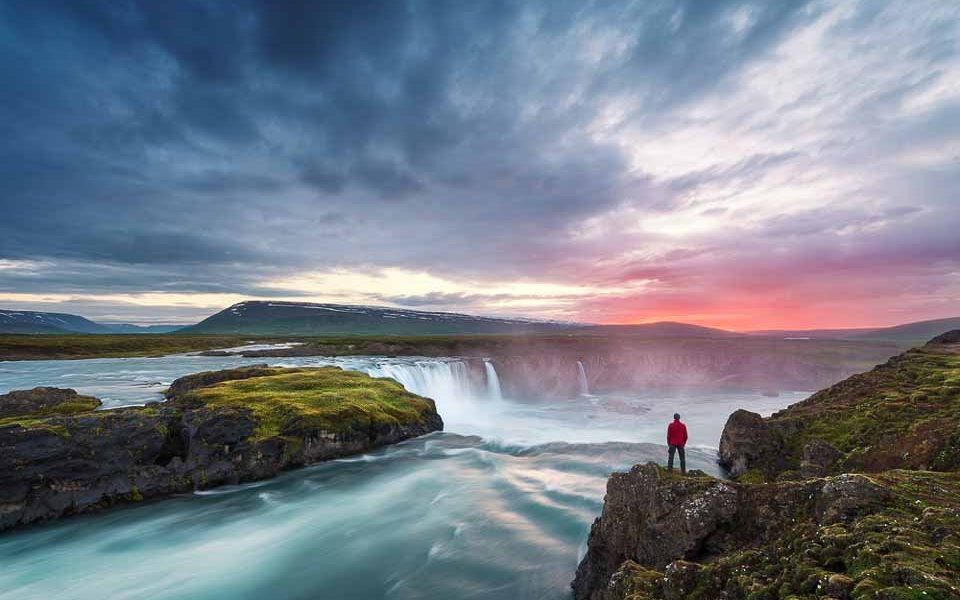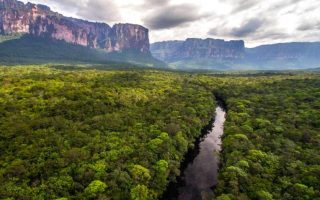lareddepathways.com – Nestled in the North Atlantic, Iceland is a land of stark contrasts and breathtaking beauty. Its unique position on the globe, straddling the Arctic Circle, has shaped an ecosystem that is both fragile and fascinating. From the depths of the ocean to the skies above, Iceland’s wildlife is a testament to the resilience and diversity of life in this remote corner of the world. In this article, we will explore the rich tapestry of Iceland’s wildlife, focusing on two of its most iconic inhabitants: whales and puffins.
The Gentle Giants of the Deep: Whales in Icelandic Waters
Iceland is renowned for its abundant whale populations, with over 20 species frequenting its coastal waters. These gentle giants are a major draw for tourists, who flock to the country for the chance to witness these magnificent creatures up close. The most commonly sighted species include the humpback whale, minke whale, and the majestic blue whale, the largest animal on Earth.
Conservation Efforts and Whale Watching
Iceland has a long history of whaling, but in recent years, there has been a significant shift towards conservation and sustainable tourism. Whale watching has become a vital part of Iceland’s economy, offering a non-invasive way to observe these creatures in their natural habitat. Strict regulations are in place to ensure that whale watching activities do not disrupt the animals’ behavior or population dynamics.
The Clowns of the Sea: Puffins on Land and in the Air
The Atlantic puffin is perhaps Iceland’s most beloved bird. These small, colorful seabirds are known for their brightly colored beaks and comical waddling gait. Puffins are a common sight during the summer months, when they return to their breeding colonies on Iceland’s numerous offshore islands and rocky cliffs.
Puffin Colonies and Conservation
Puffins are an important part of Iceland’s ecosystem, serving as a key link between the marine and terrestrial environments. However, their populations have faced challenges due to overfishing, climate change, and predation by introduced species. Conservation efforts are underway to protect puffin colonies and ensure the survival of these charismatic birds.
Exploring Iceland’s Wildlife: Tips for Visitors
For those interested in experiencing Iceland’s wildlife firsthand, there are several steps you can take to ensure a rewarding and respectful encounter:
- Choose Eco-Friendly Tours: Opt for whale watching and wildlife tours that prioritize the well-being of the animals and the environment.
- Respect Wildlife: Keep a safe distance from animals and avoid disturbing their natural behavior.
- Educate Yourself: Learn about the species you hope to see and the best practices for observing them.
- Support Conservation: Consider contributing to local conservation efforts or purchasing eco-friendly souvenirs.
Iceland’s wildlife is a precious resource, offering a glimpse into the complex web of life that thrives in this unique environment. By taking the time to appreciate and protect these species, we can ensure that future generations will have the opportunity to marvel at the whales and puffins of Iceland for years to come.




